The City of Effingham is working to expand its redevelopment program to include areas around a residential neighborhood, Village Square Mall, and Effingham High School. The 34-year-old program, a set of four special taxing districts, has touched almost every part of public life in Effingham for the decades since its inception.
From restaurants serving food, to warehouses responsible for hundreds of jobs, to the classes available to high schoolers, to water you drink, the city’s tax-increment financing (TIF) districts have played a role in shaping each one of these and more. Last year alone, the program spent $3.5 million of tax money. Since 1999, the program has spent $60.6 million in tax money. The city ties $74.9 million in private investment to these TIF districts, according to reports the city submits to the Illinois Comptroller.
What are these taxing districts? How does Effingham use them? Are they serving the citizens of the city?
Broadly speaking, TIF districts are a tool that cities can use to allocate tax money, usually property taxes, for projects that will raise the value of properties and bring business to a specific area. When a TIF district is set up, the amount of property taxes that government bodies collect there is frozen. Taxes on any increase in property values go into a special “TIF account” that is set aside only for projects in that area.
This seems straightforward. But when Chicago announced a new project in one of its TIF districts last year, it sparked protests in the street and calls for the city’s program to be completely abolished. A poorly designed TIF program can result in millions of dollars being taken out of a community in need of support and having that money spent on things the area doesn’t need.
Effingham has four of these districts. The largest, TIF 1, covers almost the entire west side of town. The Central Area TIF covers downtown Effingham. The Outer Belt West TIF covers the far western edge of town between Evergreen Avenue and the I-57 ramp. The South Central Industrial TIF, which the city is trying to expand, covers an area in the south end of town west of Banker Street.
“TIF is an area for redevelopment. It’s set up that when [property] values are expanded, the revenue goes into the TIF account, which has to be used in that area,” said Effingham Economic Development Director Todd Hull, who has helped shape the city’s TIF strategy for over 30 years.
The city has used these TIF accounts to support companies and to incentivize them to do business in Effingham.
This was the case for Sherwin-Williams, which has a large distribution center in the south end of Effingham. Ten years ago, Sherwin-Williams announced it was exploring the possibility of moving out of Effingham.
“That was huge,” said Hull. “They had upwards of 500 employees.”
The city put together a package for Sherwin-Williams, which included paying its property taxes for two years and subsidizing those taxes for seven years. As part of the agreement, Sherwin-Williams spent $3.3 million renovating its building.
Sherwin-Williams says this is a normal part of how they do business.
“We review our facilities on a regular basis to ensure we have the most efficient and effective business operations to meet the needs of our customers. In addition to reviewing our operational needs, we assess other factors in our decisions, including economic development programs,” said Julie Young, vice president of global corporate communications for the company. Now, Young says facility has about 640 employees.
“It trickles through the community when you create these additional jobs,” said Hull, describing the strategy the city uses when choosing where to send TIF money.
Beyond Sherwin-Williams, companies like Menards, John Boos & Co, Pinnacle Foods, and Roy Schmidt Honda have all received over $1 million in direct financial support or indirect support through the city building infrastructure like roads and water lines at their locations. Koerner Distributors bought land from the city that was acquired with TIF funds, according to Hull.
The city hasn’t just given tax money to big companies. Dozens of small business in downtown Effingham have gotten help from the city through its “Central Area Rehab Program,” where businesses receive tax money to update their facilities.
A1 Liquor on Fayette Avenue and 4th Street is one of the dozens of businesses that have received money. They received just shy of $18,000 from the city as part of a larger expansion project.
“They helped us redo the brick, the lighting, and some of the glass,” said Nirav Patel, the store’s owner. “Without the city’s help, we would have been short.”
Updating the facades of businesses is really the focus of the program, according to Miller.
“We want to maintain the look of the downtown, the feel of the downtown,” he said. “We want it to look good, but we’re not going to maintain roofs, maintain the building. That’s the property owner’s responsibility.”
He says the majority of buildings downtown have received money through the program. In a real way, the TIF money has shapes what downtown Effingham looks like. Since its origins with the creation of the Central Area TIF in the early 2000s, the downtown rehabilitation program has cost $837,000 and is set to pass $1 million in 2020. It has sparked $1.37 million of private investment.
A similar program was created at about the same time in the South Central Industrial TIF that exists on the south end of town, which has cost $233,000 and sparked just $164,000 of private investment.
Partnering with private companies has the most visible impact of the city’s TIF program, but it has supported the area’s governing bodies as well. Effingham School District Unit 40 has received $1.5 million of money through this program in the last twenty years to go to programs ranging from classes to construction.
“The main thing the city did with the TIF funds was offset the cost of the high school,” said Unit 40 School Superintendent Mark Doan. “Some of the training opportunities that were offered through the high school were through TIF funds”
These courses, called career and technical education, can cost over $1,000 per student and the district has “close to at least 100” students enrolled, according to Doan.
While Doan says the district fully supports the TIF districts, he recognizes that revenue is lost to them. Last year the district lost $2.8 million that it could have collected.
“That’s quite a bit. Over the last seven years, that’s about $16 million,” he said.
Unit 40 is the largest taxing body in the county, but smaller agencies feel the effects of TIF as well.
Jeff Althoff, the director of the Effingham Park District, said TIF funds have helped him maintain park facilities.
“The biggest area was probably replacing the lights on Evergreen’s baseball diamond,” he said.
Of the $250,000 cost, TIF money accounted for about $120,000.
“We wouldn’t have been able to do it without TIF funds,” Althoff said.
TIF money also came into play with the Workman Sports and Wellness Complex, which opened four years ago.
“In exchange for the 22 acres, we made an arrangement to not ask for TIF funds in that area,” Althoff said, referring to the fact that the city gave the park district the land for the project.
City Administrator Steve Miller said that TIF funds were used to upgrade the infrastructure on Maple Street, which leads to the complex.
In addition to the educational courses and the Park District’s facilities, the city has contributed TIF money to all kinds of capital construction, including the county courthouse, the Douglas Township building, the police headquarters, fire stations and others.
“A lot of these projects couldn’t have happened without them,” said Hull, referring to the TIF districts.
TIF influences many aspects of public life in Effingham, but the main expenditure for all four of the city’s TIF districts is infrastructure. Running water lines, painting roads, clearing lots for development, and upgrading the city’s public works is how most of the city’s TIF money is spent.
The origin of the TIF programs actually comes from a desire to upgrade the city’s public infrastructure. According to Hull, it was former mayor Chuck Stephens, former city attorney and current city commissioner Hank Stephens, and former city engineer Dale Fitzpatrick who designed the initial TIF program in the mid 1980s. The massive “TIF 1,” which covers most of the western edge of town, was the engine that paid for the construction of the city’s water plant and Outer Belt West, a ring road connecting several business areas. Outer Belt West eventually got its own TIF district to support development along the route.
“TIF 1 is gonna be expiring at the end of next year,” said Hull. This will take out the core of the city’s TIF program. To address this, Hull and Miller have been on a campaign to gain support from Unit 40, the county, Douglas Township, the Park District, and the other taxing bodies in Effingham to expand its TIF program.
They want to add two areas to the South Central Industrial TIF, which will include Village Square Mall, Effingham High School, and the residential area around South Side School. They also want to extend the life of the South Central Industrial TIF and the Central TIF, which covers downtown, by 12 years each, meaning they will expire in the mid 2030’s.
“That’s an area that needs some assistance and support,” Hull said when describing the project to the Park District board at their November monthly meeting.
Hull said in an interview that he wants to focus the TIF funding in the new areas on public works first.
“That area has been in dire need of infrastructure,” he said.
Hull also stressed that the residential area will connect the Central and South Central Industrial TIFs, allowing the city to transfer funds between them.
When asked if they were planning on using TIF funds to support Village Square Mall, Hull and Miller were hesitant.
“It’s a tool that we could use if we needed to,” Hull said. “It’s a possibility.”
The process of expanding and extending the life of these TIFs started at the beginning of this year, with a consulting firm, Economic Development Resources, conducting a study of the areas to see if they qualify as areas in need of redevelopment. Since then, the city has worked to convince the other area taxing bodies to agree to the changes before they take the proposal to Springfield, where the state legislature has to approve it.
So far, representatives from the various government agencies seem on board.
“I strongly urge support for the TIF,” said Russ Sehy, the chair of the Park District’s board.
The next time the public can have input on the upcoming changes is a public hearing for the additional areas to the South Central Industrial TIF, which includes Village Square Mall and more than 75 residential properties. It’s going to be at 4 p.m on Dec. 15 at Effingham City Hall.
Doris Reynolds is a member of all four boards that review the TIF districts each year and a chair of one of them. It’s her responsibility to advise the Mayor and the City Council on the state of these districts.
“As a Lake Land board member, I deal with a lot of TIFs. I’ve always said: Effingham’s is the best,” Reynolds told the review board last week. “When you do something right, a lot of times people take it for granted.”

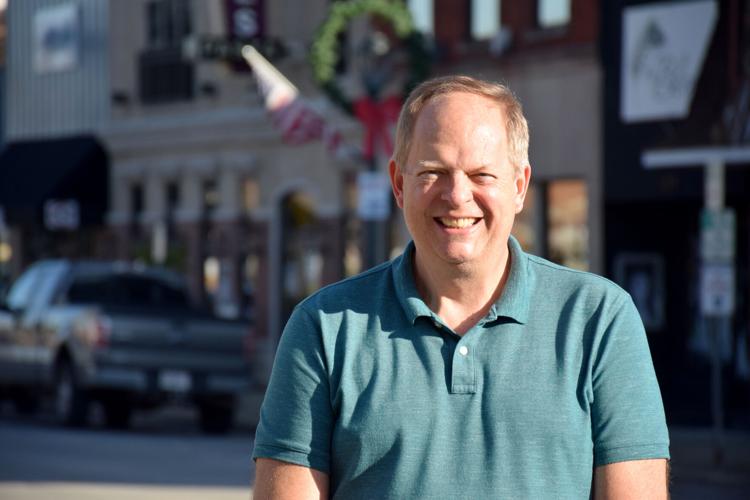
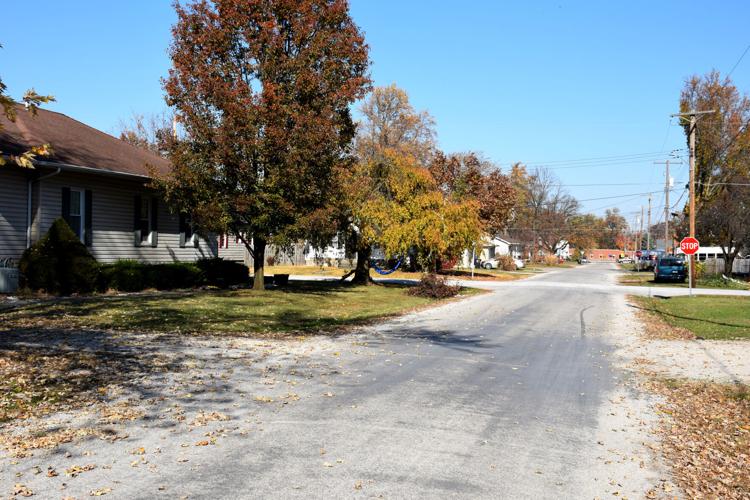


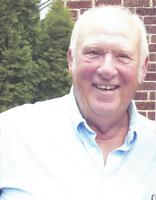


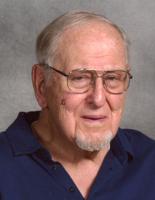

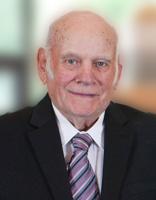






Commented
Sorry, there are no recent results for popular commented articles.